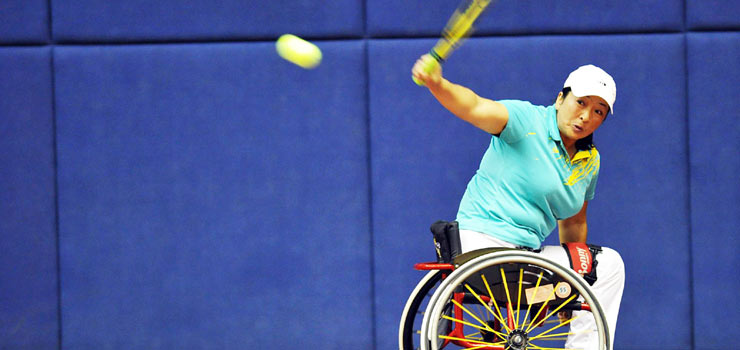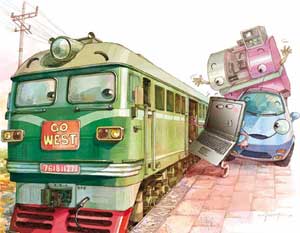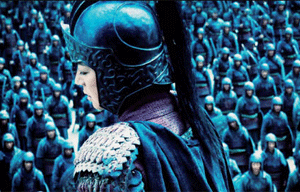An Australian retraces route of Long March
Updated: 2011-10-24 07:58
By Yang Guang (China Daily)
|
|||||||||
In 2005, grief-stricken Australian photographer Catherine Croll traveled to Guangzhou, Guangdong province, on the invitation of a friend, in a bid to come to terms with the loss of two family members.
That was the start of the first of her two tours by hard sleeper across China, researching and documenting the country's traditional cultural heritage.
|
Australian photographer Catherine Croll embarks on her journey of discovery in Guizhou province. [Feng Jianguo / For China Daily] |
The 54-year-old says the more than 40,000-kilometer-long China tours once again kindled in her a passion for living and led to the photo album, China Portrait, in 2007.
The next year, she helped found a cultural organization to facilitate cultural exchanges between China and Australia.
Croll says her interest in China was triggered in the 1970s, when she was studying poster arts in college. At campus art exhibitions, she saw the image of Chairman Mao Zedong on T-shirts, posters and badges. She was especially interested in such traditional crafts as paper cutting, mask and fabric making.
She is still proud of how she managed to get by during her trips, when she was alone and not able to speak a word of Chinese. "I was good at playing charades," she says.
"Within the first six months after I returned to Australia, I was always wondering how I could get paid to come back," she jokes.
In late September, Croll was invited to join China: The New Long March, a large media project organized by Qingdao Publishing Group and Australian Media Group Weldon International to celebrate the 75th anniversary of the Long March, the massive military retreat undertaken by the Red Army from Jiangxi to Shaanxi provinces to evade being pursued by the Kuomintang in 1934 and 1935.
A select group of photographers from China and abroad were dispatched to sections along the route of the original Long March to put together a portrait of China today.
A photo album, a related documentary and other multimedia materials will be released in multiple languages in early 2012.
A photo exhibition is also to be held at the 2012 London Book Fair, as one of China's country-of-honor events.
Croll was assigned to Guizhou province. Before embarking on her journey of discovery, she made every effort to read everything she could find on China.
"I tried to gather information from authors who give conflicting points of view about a historical event, for instance The Long March: The Untold Story by Harrison Salisbury, and The Long March by Sun Shuyun, before forming my own opinion," she says.
Together with an assistant, she traveled from Guiyang, the provincial capital, along the G75 Lanhai Expressway northward to Zunyi, where she visited the historic Zunyi Conference site and the military fortifications at Loushanguan. Then she followed the Red Army route northwest, away from the more developed areas and into the mountains.
She says each evening she would eat delicious local dishes of fresh bamboo shoots, mountain mushrooms and fern noodles. During the week, she would sample at least a dozen different versions of double cooked pork and little bottles of the local liquor.
"People were friendly, welcoming and inquisitive as foreign visitors are rare," she says.
"Each day, as I looked out over the tranquil farming villages I found it hard to reconcile the fierce battles and the thousands of young men and women who had died while crossing this land."












